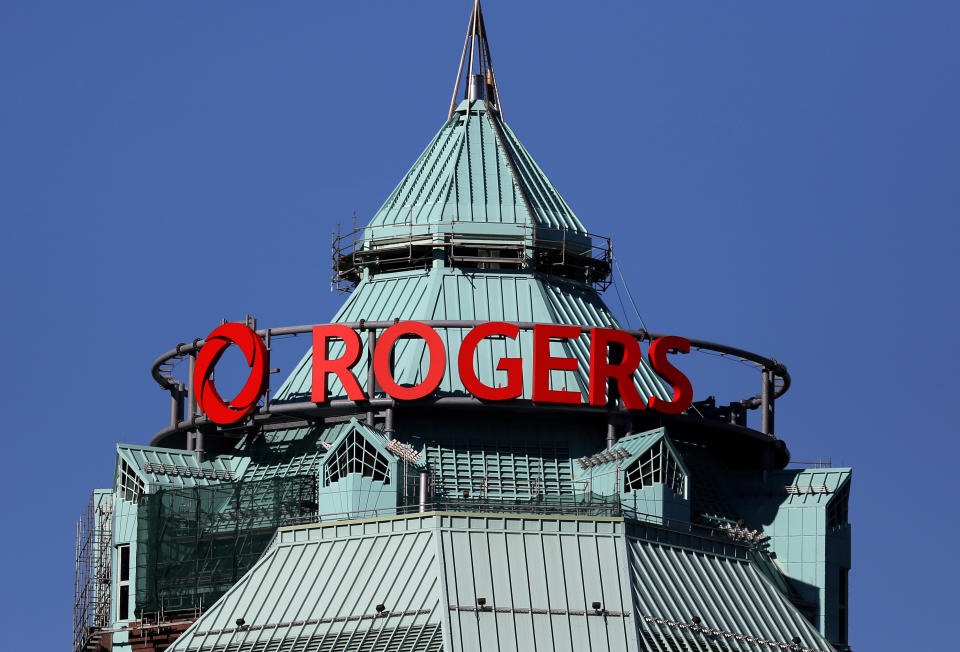Rogers sees growth in wireless subscribers in Q4 2019, expects more to opt for unlimited data plans

Rogers Communications (RCI-B.TO)(RCI) gained wireless subscribers in Q4 2019 and said it expects more customers to move over to its unlimited “Infinite” data plans, which will stabilize by the second half of the year.
In its earnings report released on January 22, Rogers reported no change in revenue, which was $3.95 billion in the quarter. Scotiabank had estimated Rogers would report $4.07 billion in revenue.
The carrier reported $468 million in net income, or 92 cents per share, down from the $502 million or 97 cents per share that it reported the same period a year before.
The Toronto-based national carrier added over 130,000 new monthly subscribers, which was an increase of 19 per cent year-over-year; the carrier has over 10 million wireless subscribers.
Rogers’ Average Revenue Per User (ARPU) for the quarter, which assesses the company’s operating performance, was reported at $55.26, a 65-cent decrease year-over-year.
On Average Billing Per Unit (ABPU), or the average price a wireless subscriber is charged, in Q4 Rogers reported $66.17, an increase from the $65.12 it reported in the same period a year ago.
The carrier said that the increase in ABPU was a result of an “ongoing shift in the product mix of device sales towards higher-value devices.”
It also noted that the monthly subscriber churn rate, the measure of subscribers who deactivate their service, was 1.26 per cent, an increase of 3 basis points.
Rogers said the increase in subscribers was a result of a “strong adoption” of the company’s “Infinite” data plans by new customers.
The carrier was the first to launch its unlimited data plans in June 2019, which was followed by competitors Bell and Telus. At the end of Q4, Rogers reported 1.4 million subscribers to its unlimited plans, an increase from the almost one million in Q3 2019.
Rogers’ CEO Joe Natale said the company expects to see more growth in the first half of this year “then get to a steady place in the second half.”
“It is playing out exactly how we hoped,” Natale said during a conference call.
Analysts recently predicted that more Canadians will upgrade their phone plans to take advantage of faster speeds when 5G becomes commercially available.
Rogers was also the first to announce that it was activating the next generation of wireless networks in downtown Toronto, Vancouver, Ottawa, and Montreal. However, these networks won’t be accessible until 5G-enabled smartphones are available, and, according to Rogers, that could be in March 2020.
“We just finished testing Canada’s first 5G device from Samsung, which will become available in March,” Natale said during the call.
Jennifer Safruk, vice-president of Samsung Canada’s mobile division, said in an email that the company was “focused on being a 5G leader in Canada.”
“Being the first to put 5G in consumers’ hands is one of the ways Samsung will do that,” she said.
Natale emphasized that capital investment to improve network infrastructure was “at risk if we don’t have the right regulation.”
Government regulation needs to encourage investment and fuel innovation: Natale
Natale said the company plans on almost $3 billion in capital investments to build-out communications infrastructure this year.
“As we enter the world of 5G, regulatory certainty is critical. We need regulation that encourages investment and fuels innovation,” he said. “Punitive regulation will slow or worse stall 5G deployment, and expansion of rural connectivity will happen at a snail’s pace if at all.”
A hearing on Mobile Virtual Network Operators, wholesale service providers that offer services at cheaper rates, will take place in February, during which the CRTC will review whether or not mandating MVNOs is an option to foster competition.
Some larger carriers do not think MVNOs should be mandated because they do not invest in network infrastructure.

 Yahoo Finance
Yahoo Finance 